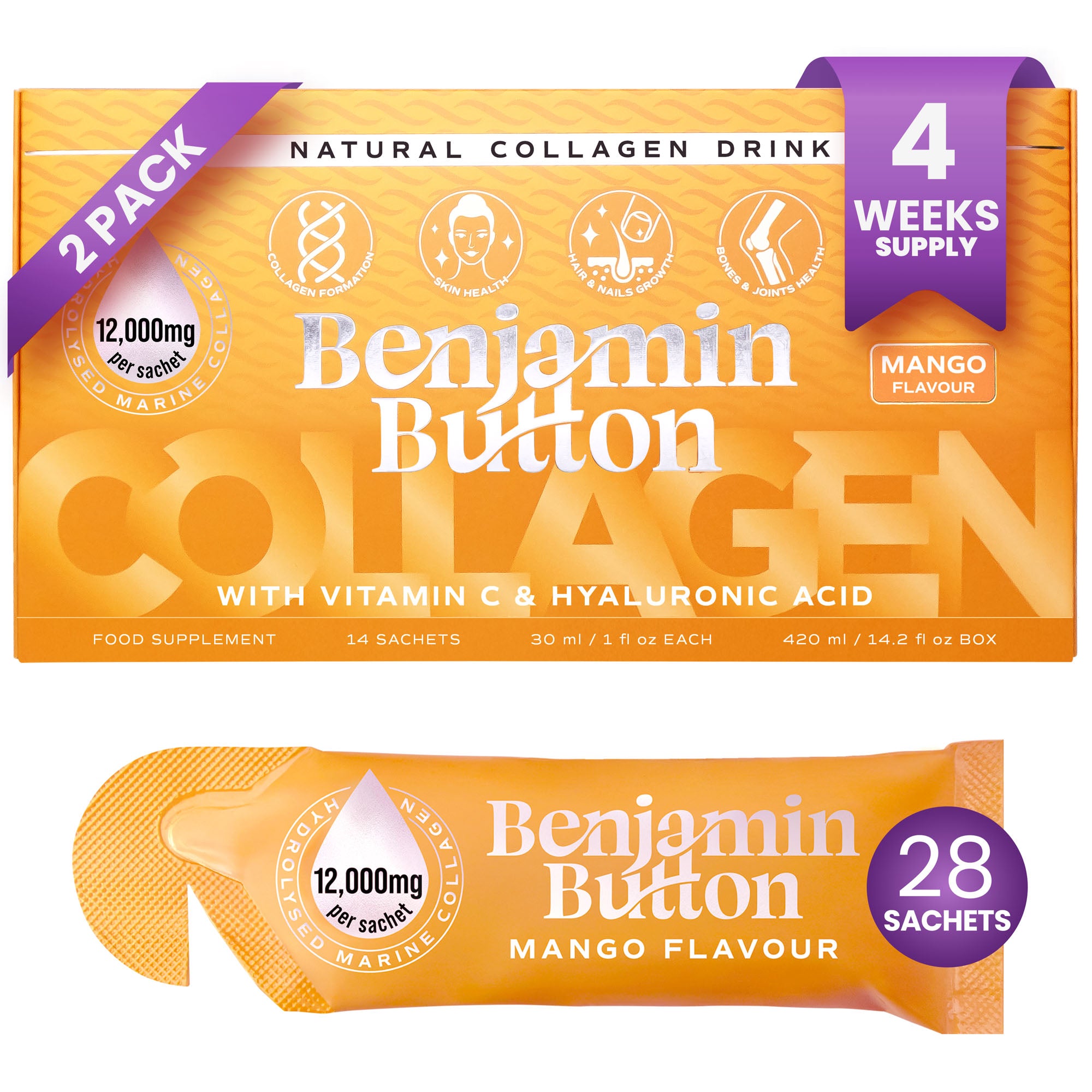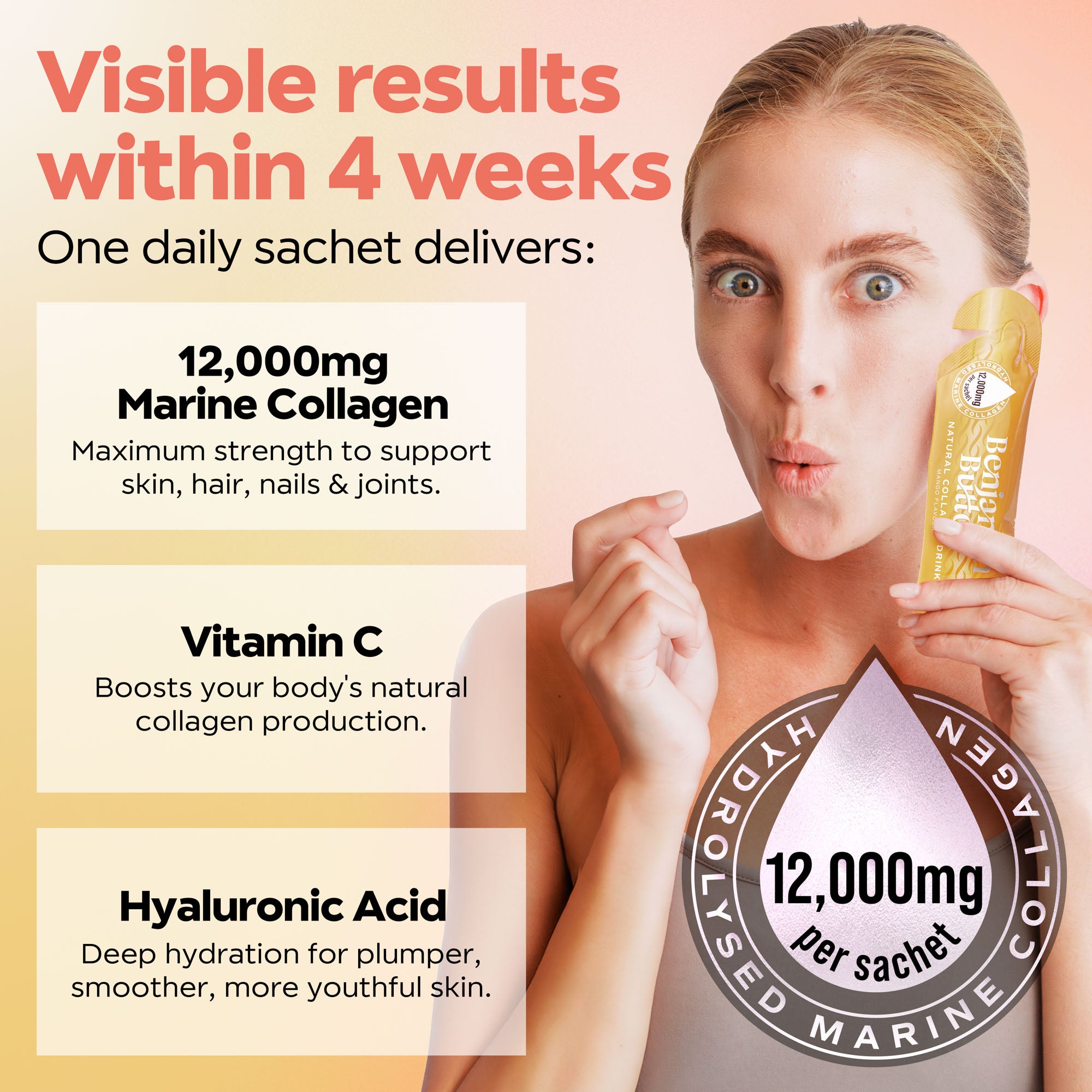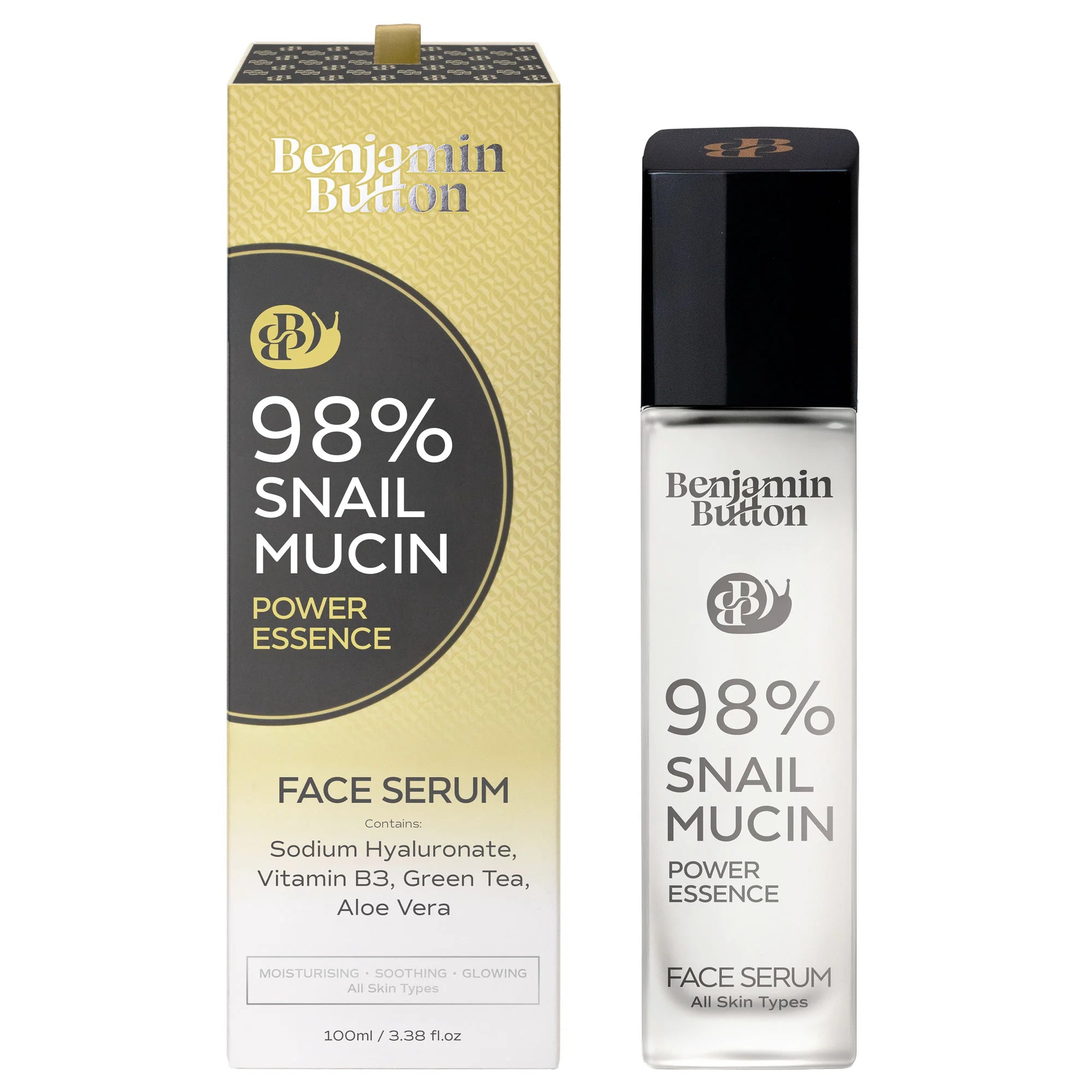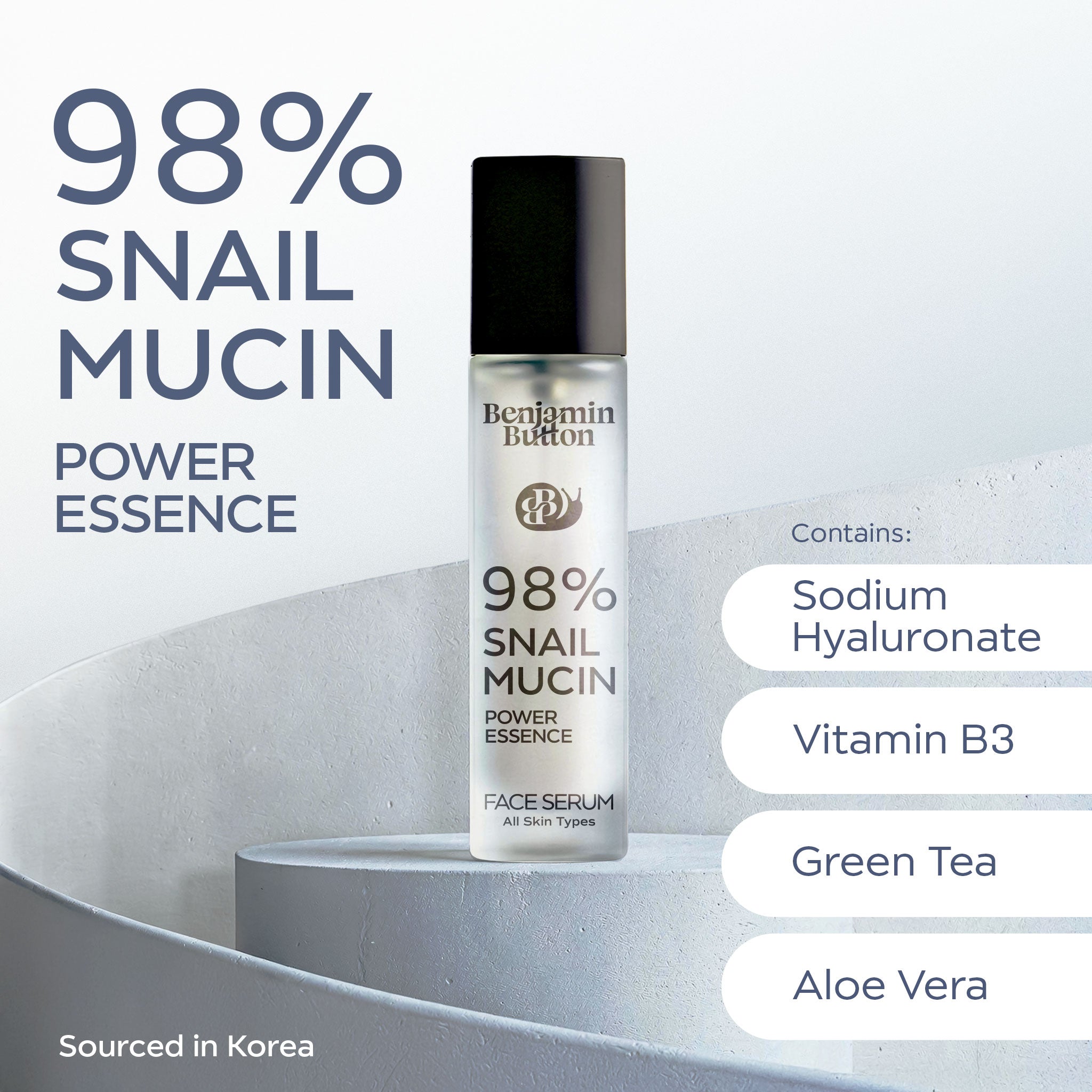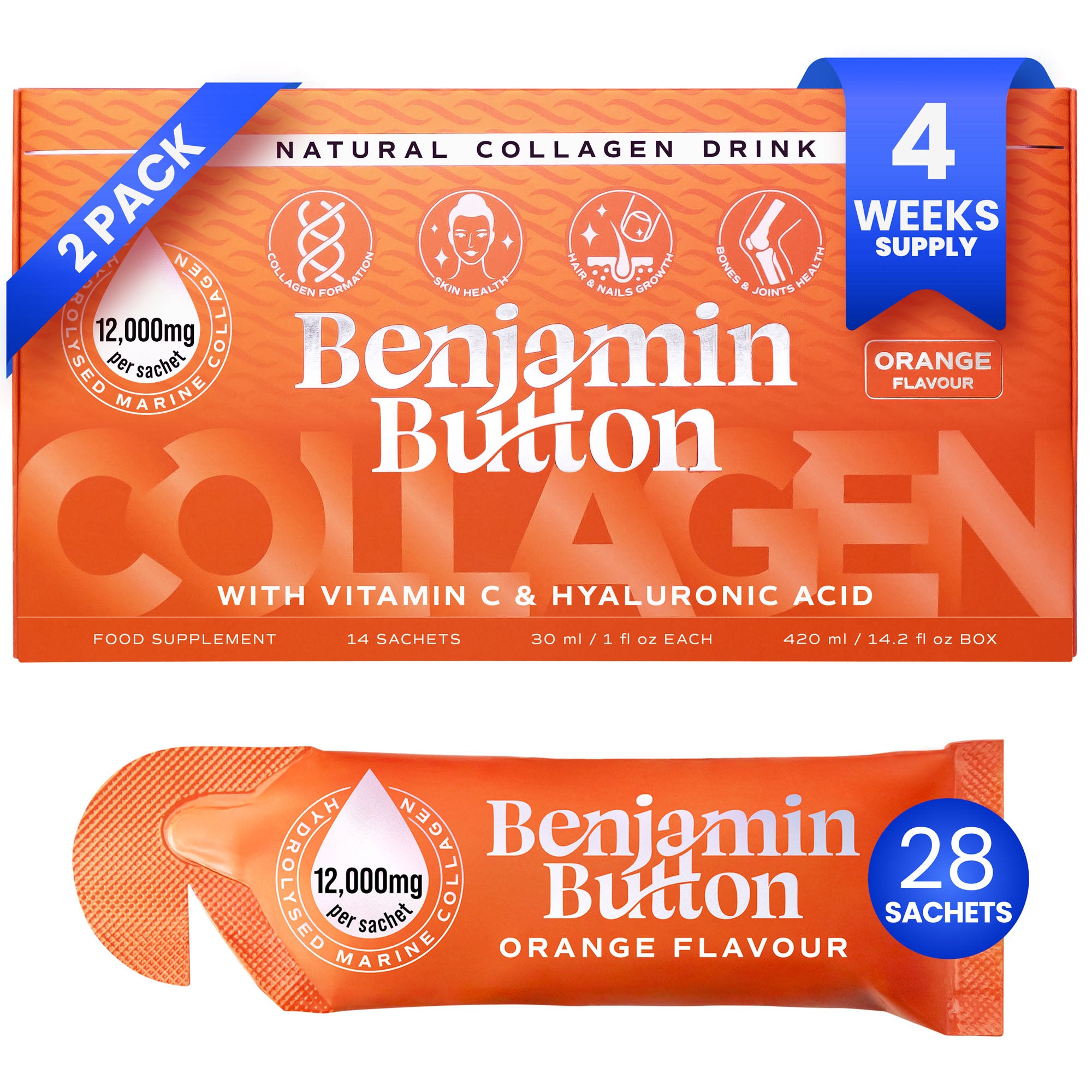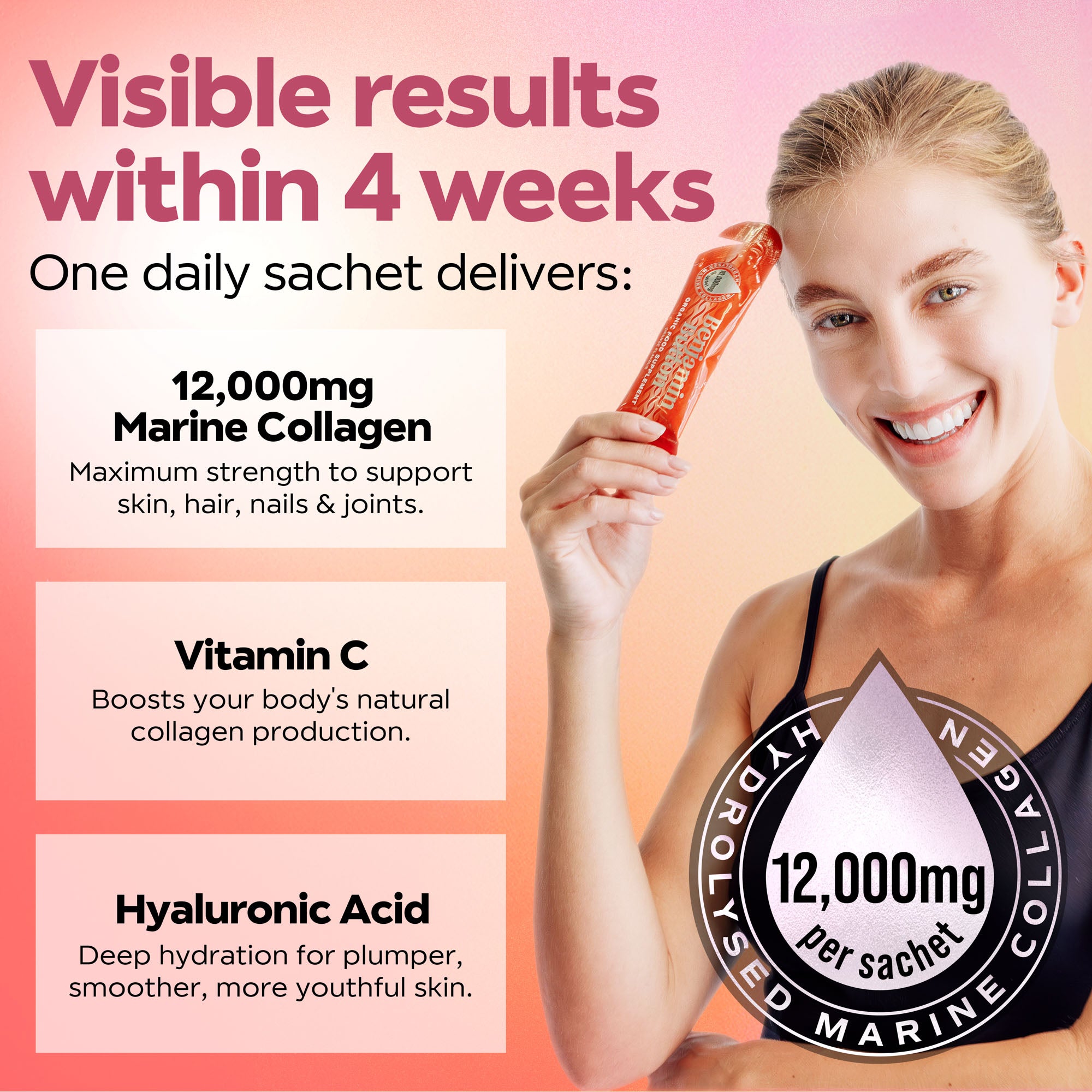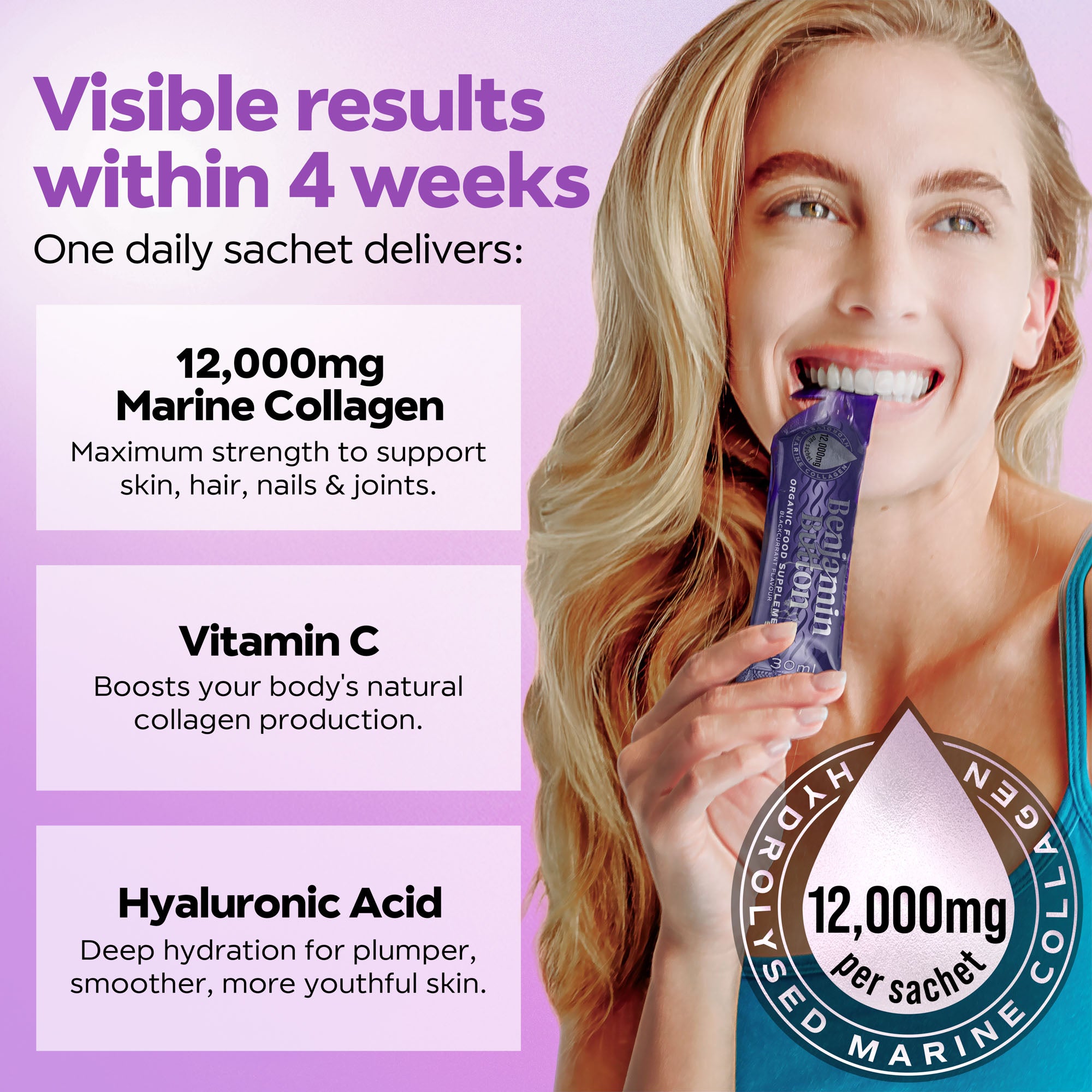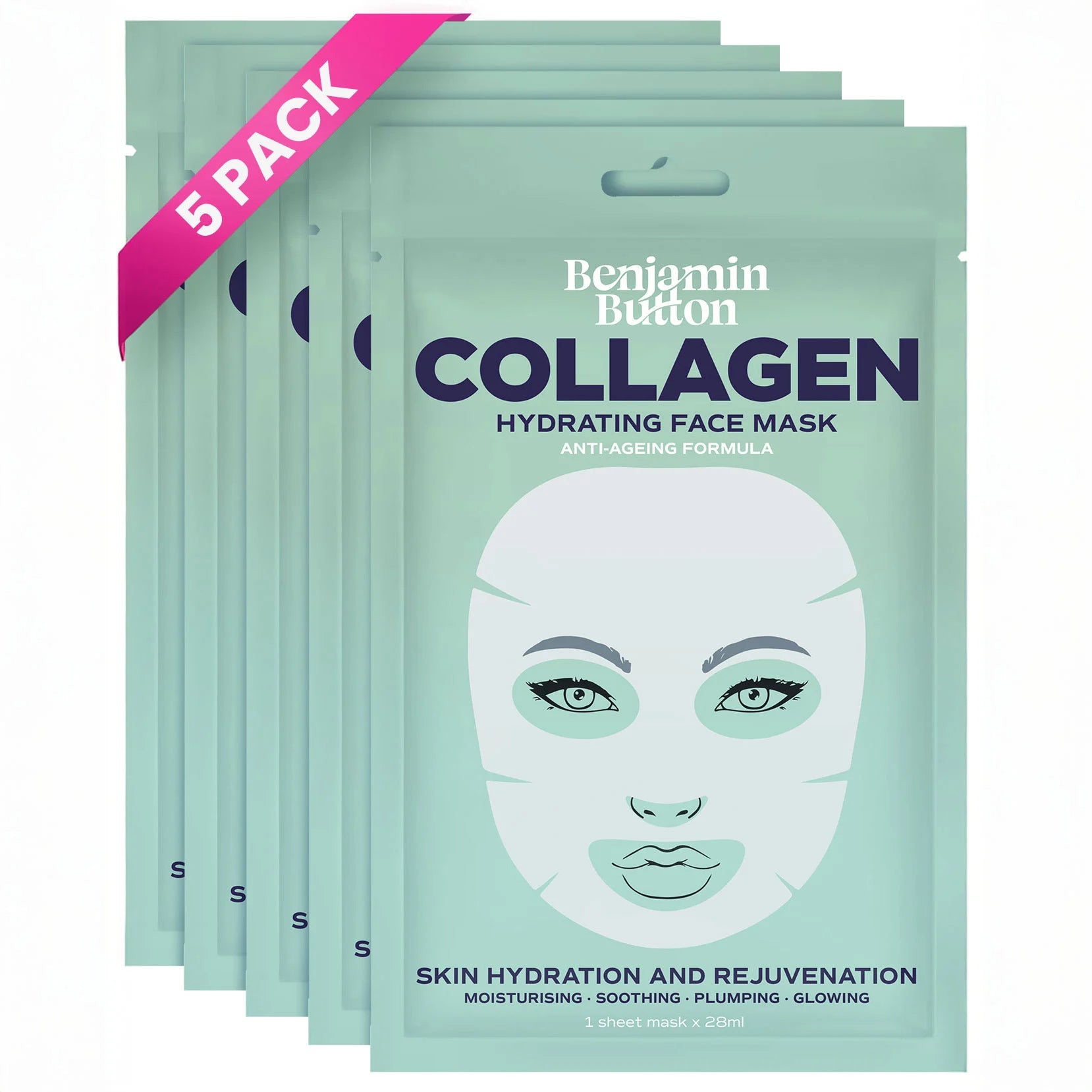The Importance of Picnic Food Safety
Picnics are a wonderful way to enjoy the great outdoors while sharing delicious food with friends and family. However, it’s crucial to ensure that the food remains safe to eat throughout the event. Adhering to safe food practices goes beyond the infamous 3-second rule. Here are essential tips to keep your picnic food safe and enjoyable.Three Major Benefits of Practising Picnic Food Safety
- Prevention of Foodborne Illnesses: By following safe food practices, you significantly reduce the risk of foodborne illnesses, which can lead to serious health issues.
- Enhanced Enjoyment: Knowing that the food you’re consuming is safe allows everyone to relax and savour the meal, making the experience far more enjoyable.
- Longer Shelf Life: Proper food handling and storage extend the freshness of your picnic fare, ensuring that everything tastes delightful even several hours into the outing.
Does Food Safety Work for Its Intended Concern?
Yes, the principles of food safety do function effectively in minimising the risk of foodborne illness. Studies indicate that certain pathogens, such as Salmonella and E. coli, can thrive when food is improperly handled or left at incorrect temperatures. According to the U.S. Food and Drug Administration (FDA), keeping food at safe temperatures—below 5°C (41°F) or above 60°C (140°F)—is essential in preventing bacteria growth. It’s crucial to monitor and manage food temperature during picnics, especially with perishable items. Using insulated coolers can help keep food out of the danger zone, where pathogens cause food spoilage and illness.Preparation Before Your Picnic
Before heading out, some essential prep work is required to ensure food safety:- Cleansing: Wash your hands thoroughly with soap and water. Additionally, clean all surfaces, utensils, and containers that will come into contact with food.
- Patch Testing: If you plan to introduce new ingredients, conduct a patch test, especially if allergies are a concern. This may not apply directly to food safety but ensures no adverse reactions during your picnic.
- Organise: Separate raw foods from ready-to-eat foods to prevent cross-contamination. Store these items in different containers for transport.
Three Practical Tips for Using Food Safely During a Picnic
To ensure that food remains safe to consume throughout your picnic, here are some effective tips:- Use Coolers: Invest in a high-quality insulated cooler. Pack ice packs alongside your perishables, and consider keeping the cooler in the shade as the day warms up.
- Monitor Temperatures: Use a food thermometer to check that foods like grilled items reach safe cooking temperatures (usually around 74°C or 165°F).
- Time Management: Aim to consume perishable foods within two hours of serving. If temperatures exceed 32°C (90°F), reduce this timing to one hour.
Real Customer Reviews and Ratings
To provide a clearer picture of how effective these safety practices are, let’s look at some real customer insights. According to user reviews on platforms such as Consumer Reports and outdoor cooking forums: - Many customers emphasise the importance of using separate containers when packing salads, meats, and dressing. They have noted that separate storage significantly reduces instances of food contamination. - Others have praised the effectiveness of insulated food containers not only for maintaining temperature but also for their convenience, encouraging picnic-goers to adhere to food safety practices. Overall, reviews often highlight that when proper safety measures are followed, customers report positive experiences without any incidence of food-related illness.Reported Reactions and Precautions
It’s essential to note that while practicing food safety is critical, some individuals may still experience reactions. Common issues reported include: - Allergies: Certain picnic foods, particularly nuts and shellfish, can provoke allergic reactions, requiring those with known allergies to exercise caution. - Irritation: Some individuals may also experience gastrointestinal distress if food was left at incorrect temperatures for too long or if cross-contamination occurred. Those who should avoid unregulated picnic food practices include individuals with compromised immune systems, the elderly, pregnant women, and children. These groups are more susceptible to foodborne illnesses and should take extra precautions.Comparing Competing Products for Food Safety
When preparing for a picnic, several products can assist in maintaining food safety. Here are three notable options to consider:- Yeti Hopper Cooler: Known for superior insulation, this cooler aims to keep contents cold for an extended time, making it ideal for picnics in warm weather.
- Rubbermaid Brilliance Storage Containers: With features that prevent leaks and stains, these airtight containers are excellent for keeping food fresh and free from contamination during transport.
- Food Thermometer by ThermoPro: This digital thermometer is convenient for ensuring that all meats are cooked to safe temperatures, eliminating the guesswork.











